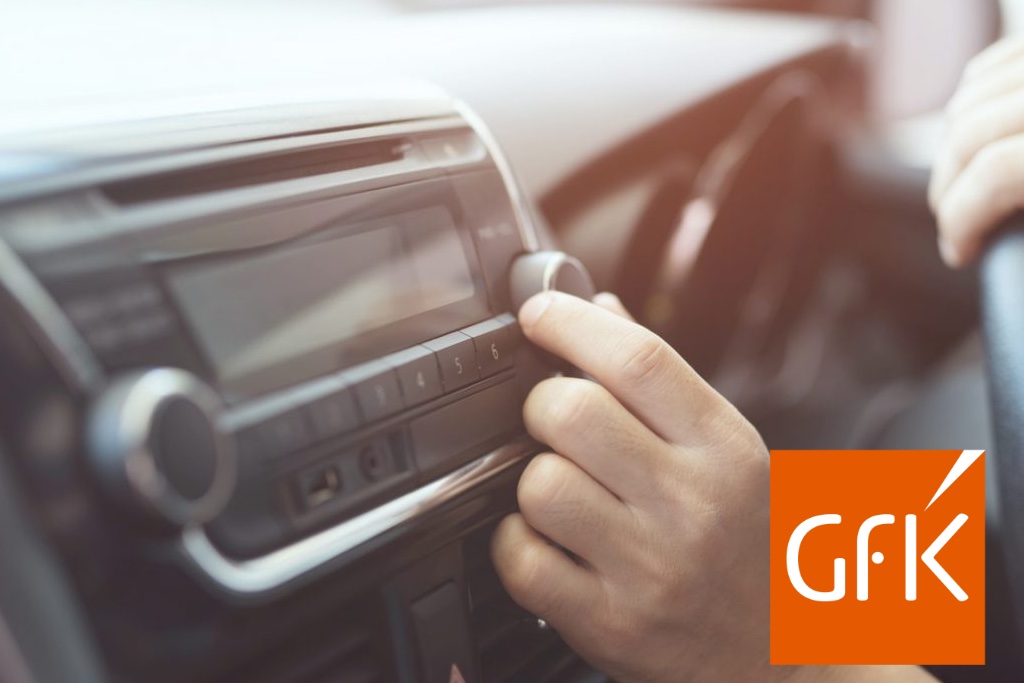With advancement
in technology, the significance of digital transformation has been on the rise
in recent decades, and radio broadcasting is no exception (Hirschmeier et al.,
2019). Hitherto, there have been arguments in recent years regarding a total
substitution of terrestrial radio by online radio; nevertheless, this
phenomenon has never materialised. Ergo, this essay will discuss the three
reasons why comprehensive digitalisation of radio broadcasting is not viable,
including internet connectivity issues, increasing competition, and consumer
habits.
To commence, the
need for a constant internet connection to access online radio makes a
comprehensive digitization of radio implausible (UN News, 2022; RF Wireless
World, n.d.). While analogue radio enables individuals to access content
without an internet connection or costs (Mulvany, 2023), internet radio precludes
this option. Internet radio still requires a connection (Hodgson, n.d.), which
consumers with meagre salaries may frown upon as it could be a financial burden
if they stream internet radio for a lengthy period of time (Cloudradio, 2020).
Moreover, notwithstanding the widespread availability of internet, there exist
areas where it remains unattainable. According to the statistics provided by
Statista (2022), it is portended that the level of internet user penetration in
Malaysia will attain 89.57% on 2025. Thereby, it is undisputed that a segment
of the populace may encounter difficulties in accessing internet radio, not to
mention that some of them will have to circumvent erratic internet connections
(The Sun Daily, 2022; Riismandel, 2013; Johari, 2020).
Furthermore, the
nature of online radio is incongruous with the listening habits of radio
listeners worldwide, not merely in Malaysia (Cloudradio, 2020; GfK, 2020;
Dixon, 2022). In actuality, the consumption of radio in vehicles has
perpetually garnered the highest number of users in comparison to other
locations (GfK, 2020). Nonetheless, using internet radio may not be the most
ideal alternative for individuals who desire to listen to radio while driving,
as it requires certain prerequisites. To exemplify,
in-car internet radio would necessitate a stable internet connection and a
device that can stream internet radio (Laukkonen, 2023). However, not
all head units support internet radio or Bluetooth, which would allow drivers
to connect their smartphones and activate internet radio application.
Therefore, terrestrial radio has remained the preferred means for listening to
radio in car due to its convenience and pervasiveness (Adhouse Advertising,
n.d.; Sanchez, 2017).
Indeed,
convergence media has provided contemporary individuals innumerable choices for
accessing information and music online (Leverage Edu, 2021; Karasu, 2012).
Thus, in light of intensifying competition in the digital realm, online radio
must grapple with content presentation challenges (Hirschmeier et al., 2019).
For its reason, the radio paradigm of "broadcasting to a passive
audience" has remained largely unaltered, whereas online platforms have
adopted a more personalised and flexible approach (Zhang, 2021). This provides
them with access to a vast selection of information and music. Subsequently,
most individuals prefer streaming services. This is evident from the statistics
provided by IFPI (2023), where streaming appears to be the most prevalent method
of listening to music (Ferjan, 2023), and the industry is foreseen to grow
consistently (Statista, n.d.).
In conclusion,
conventional radio is not threatened with a bleak future. In contrast,
traditional radio and online radio would complement one another by
incorporating their respective advantages and disadvantages (Hogg, n.d.). As
such, users can listen to radio regardless of their location or internet
access, be it online radio or terrestrial radio.
References
Cloudradio.
(2020). 9 challenges faced by internet radio stations.
https://www.cloudrad. io/internent-radio-challenges
Cloudradio.
(2020). Advantages and disadvantages of radio broadcasting over the internet.
https://www.cloudrad.io/advantages-disadvantages-internet-radio
Dixon,
G. (2022). Car radio is the choice for drivers in the U.S. and beyond.
RedTech.
https://www.redtech.pro/car-radio-is-the-choice-for-drivers-in-the-u-s-and-beyond/
Ferjan,
M. (2023). 30+ official listening to music statistics (2023). Headphones
Addict. https://headphonesaddict.com/listening-to-music-statistics/
GfK.
(2020). 94% of malaysians tune in to radio weekly using multiple platforms.
https://www.gfk.com/press/over-nine-in-ten-malaysians-continue-to-tune-in-to-radio-weekly-using-multiple-platforms
Hirschmeier,
S., Tilly, R., & Beule, V. (2019). Digital transformation of radio
broadcasting: an exploratory analysis of challenges and solutions for new
digital radio services. Proceedings of the 52nd Hawaii International
Conference on System Sciences. https://doi.org/10.24251/hicss.2019.602
Hodgson,
S. (n.d.). The rise of listening to radio online. Radio Fidelity.
https://radio fidelity.com/rise-of-listening-to-radio-online/
Hogg,
L. (n.d.). Traditional radio vs. streaming audio. https://www.mediaplace
partners.com/traditional-radio-vs-streaming-audio/
Johari,
Z. (2020). Grouses over poor internet access. Borneo Post Online. https://www.
theborneopost.com/2020/07/19/grouses-over-poor-internet-access/
Karasu,
S. (2012). The role of media convergence on digitisation of music culture.
https://www.academia.edu/4161312/The_Role_of_Media_Convergence_on_Digitisation_of_Music_Culture
Laukkonen,
J. (2023). How to listen to internet radio in your car. Lifewire.
https://www. lifewire.com/listening-to-internet-radio-in-your-car-534501
Leverage
Edu. (2021). Media convergence. https://leverageedu.com/blog/media-convergence/
Mulvany,
J. (2023). 4 reasons why radio is still popular. Radio.co.
https://radio.co/blog/ radio-still-popular
RF
Wireless World. (n.d.). Advantages of internet radio | Disadvantages of
internet radio. https://www.rfwireless-world.com/Terminology/Advantages-and-disadvantages-of-internet-radio.html
Riismandel,
P. (2013). 5 persistent challenges for internet radio stations. Radio
Survivor.
https://www.radiosurvivor.com/2013/11/5-persistent-challenges-for-internet-radio-stations/
Sanchez,
D. (2017). Radio is dead in 10 years this study proves it.
https://www.digital musicnews.com/2017/08/31/radio-dead-musonomics-study/
Statista.
(n.d.). Music streaming – malaysia.
https://www.statista.com/outlook/dmo/digital-media/digital-music/music-streaming/malaysia
Statista.
(n.d.). Share of population using the internet in malaysia from 2010 to 2020
and a forecast up to 2025.
https://www.statista.com/statistics/975058/internet-penetration-rate-in-malaysia/
The
Sun Daily. (2022). Internet coverage in malaysia still insufficient.
https://www.
thesundaily.my/home/internet-coverage-in-malaysia-still-insufficient-EK9419798
UN
News. (2022). Radio: The universal medium that leaves no one behind.
https://news. un.org/en/story/2022/02/1111882
Zhang,
X. (2021). Challenges, opportunities and innovations faced by the
broadcasting and hosting industry in the era of convergence media. Advances
in Journalism and Communication, 09(03), 102–113.
https://doi.org/10.4236/ajc.2021.93008

Comments
Post a Comment